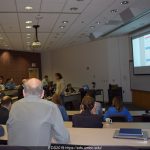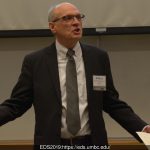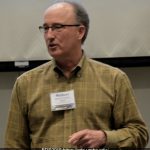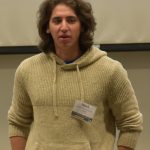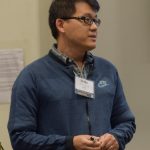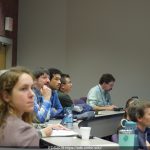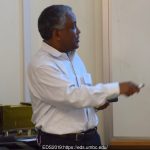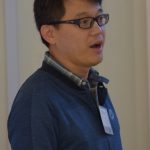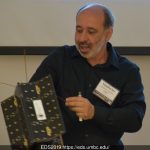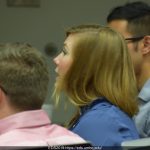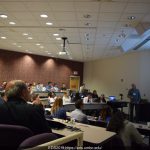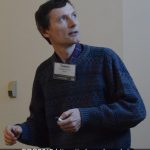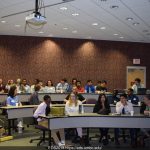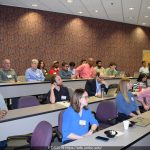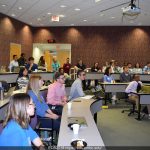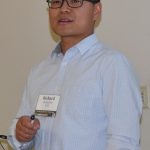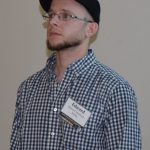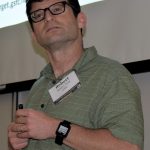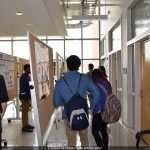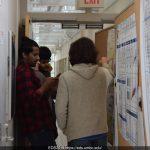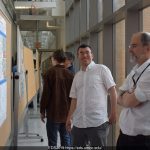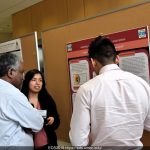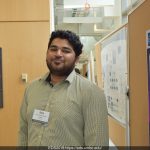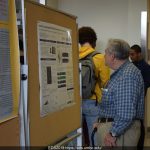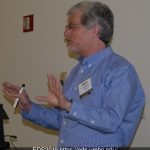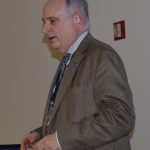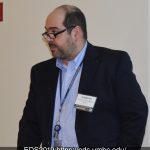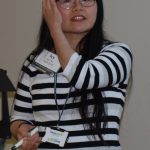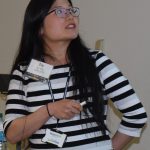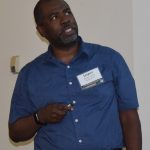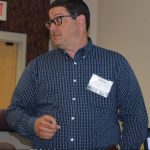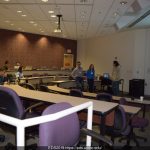The third UMBC Earth Day Symposium featured 13 oral and 20 poster presentations from the Atmospheric Physics Department, Joint Center for Earth Systems Technology (JCET), NASA Headquarters, National Oceanic and Atmospheric Administration (NOAA), Howard University, and NASA, and two local high schools, North County and South River. UMBC Atmospheric Physics program professors are linked to their research pages in the Department of Physics.
Invited Talks
Belay Demoz, J. Vanderlei Martins, Lynn Sparling, Pengwang Zhai, and Zhibo Zhang, UMBC
Overview of the UMBC Atmospheric Physics department and research
Andrew Tangborn, JCET
The past and future of Earth’s magnetic field
Tamas Varnai, JCET
Spaceborne observations of sun glint and near-cloud aerosols
Ralph Kahn, NASA GSFC
Learning about Earth from space-based, multi-angle imaging
Richard Xu, JCET
Detecting aerosol layer height from deep space
Edward Strobach, NOAA
An inside perspective of the daily operations at the NOAA Center for Weather and Climate Prediction
Robert Levy, NASA GSFC
Synergy of LEO and GEO observations for observing global aerosol optical depth
Jack Kaye, NASA HQ
Introduction to NASA Earth Science
Steven Platnick, NASA GSFC
The view from both sides: pathways to working at NASA and personal perspectives at JCET
Lazaros Oreopoulos, NASA GSFC
A global search for aerosol-cloud interaction signals using cloud regime
Ivy Tan, JCET
Mixed-phase clouds and their role in a changing climate
Jasper Lewis, JCET
Recent advancements and observation from the Micropulse Lidar Network
Ruben Delgado, JCET
Ad-hoc ceilometer evaluation study: mixing layer heights network
